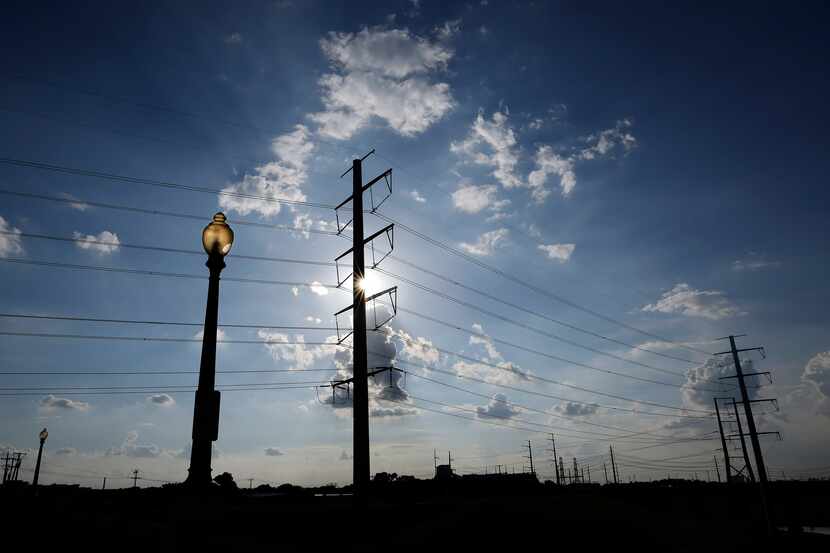Texas’ record-breaking temperatures this summer have caused energy demand to soar. The Electric Reliability Council of Texas has extended a Weather Watch through Aug. 18, forecasting hot weather and high energy demand, but the grid has held its end of the bargain.
Grid outages happen when there isn’t enough energy supply to meet customers’ demand. Here’s how ERCOT has kept Texans’ lights on this summer despite a peak-hours demand that’s rising faster than anywhere else in the country.
What has held the grid together this summer?
Most of Texas has its own energy grid run by ERCOT, meaning the state needs to generate most of its energy for residents to keep their lights on. Texas is home to a diverse portfolio of energy sources including natural gas, nuclear, wind and solar.
In May, ERCOT projected peak demand for the summer would be 82,739 megawatts and there would not be blackouts or brownouts barring extreme scenarios.
ERCOT has already set several records for peak demand this summer. On Aug. 7, peak demand was at 84,029 megawatts, unofficially breaking records set on Aug. 1, July 31, July 18, July 17 and earlier.
Most of Texas’ energy comes from natural gas, and other energy sources have played a vital role in offsetting the summer’s demand.
“The secret to ERCOT’s success has been astonishingly high levels of performance to date by the wind and solar … and by the thermal fleet,” said Alison Silverstein, an electric system reliability consultant and researcher. The thermal fleet refers to the state’s coal, gas and nuclear power plants.
In ERCOT’s preparedness report, the organization made conservative estimates for how much energy it could generate at each power plant. Natural gas plants don’t perform at peak efficiency during strings of 100-degree summer days, said Tom Seng of Texas Christian University’s Ralph Lowe Energy Institute.
Seng said ERCOT likely accounted for worst-case scenarios in its summer preparations, ensuring it had the energy supply to meet high demands.
Will the grid hold up in August?
There are three conditions that, if occurring together, can make it likely for a power outage to happen: high heat driving a high energy demand, outages at fossil fuel plants and significant drops in wind production.
August may bring hotter temperatures that further strain the grid. If an outage occurs, Silverstein says, it would not last as long as the February 2021 blackouts. Those were largely caused by “freeze-offs” that halted natural gas production at power plants.
Since summer heat fluctuates over the course of the day, Silverstein said that power plants would have time to recover in case of an outage. If an outage were to occur in August, she said ERCOT might rotate small outages through neighborhoods for one to two hours until there is enough power to sustain demand.
Considering the grid’s performance in June and July, Seng is optimistic it will hold through August unless there is a Phoenix-like stretch of 100-degree days.
Seng, who previously lived in Tulsa, is over halfway through his first Texas summer. He’s moved his workouts earlier in the morning or later in the evening and runs ceiling and box fans in his home to avoid running his air conditioner too frequently. Seng is waiting for the day he steps outside and realizes, finally, that it is only 90 degrees.
“When I step out of my apartment or step out of my truck,” he said, “I really do feel like the sun is sucking the life out of me.”
Adithi Ramakrishnan is a science reporting fellow at The Dallas Morning News. Her fellowship is supported by the University of Texas at Dallas. The News makes all editorial decisions.






